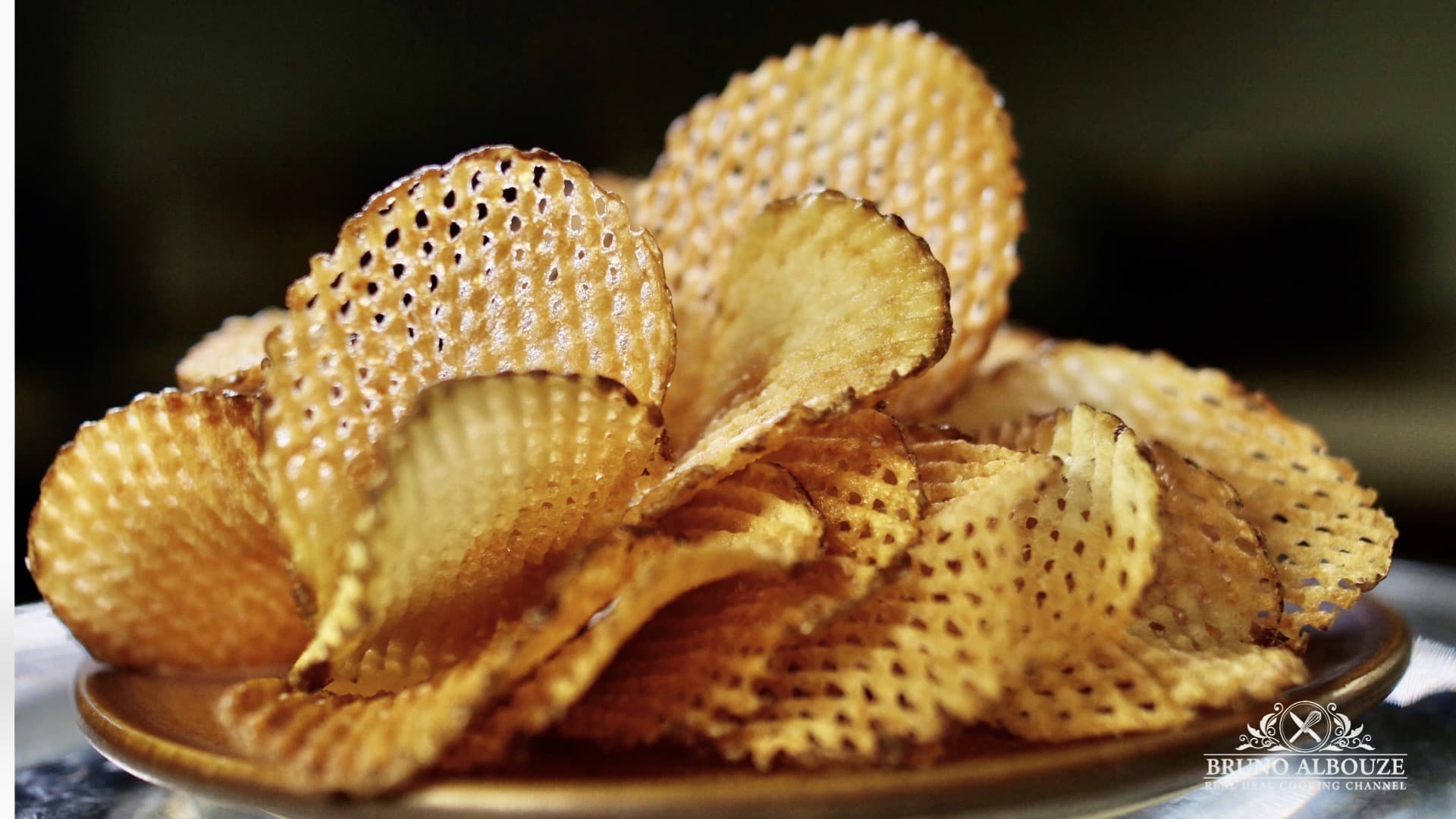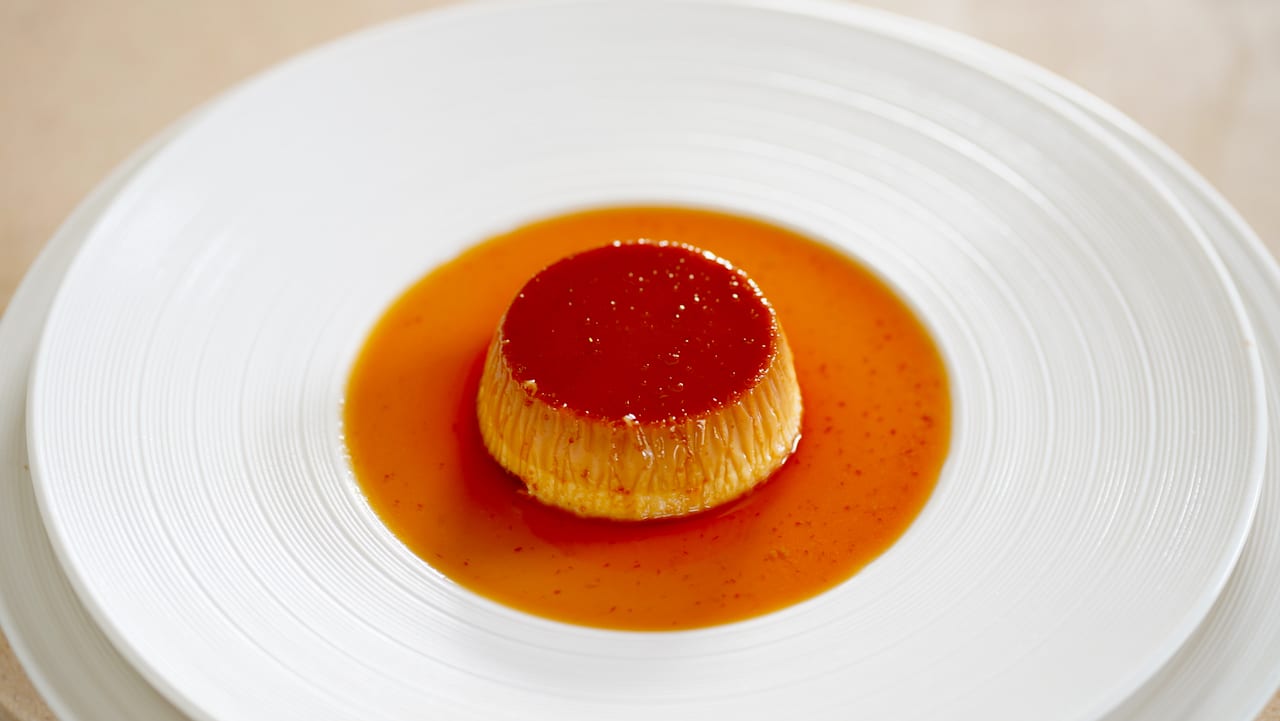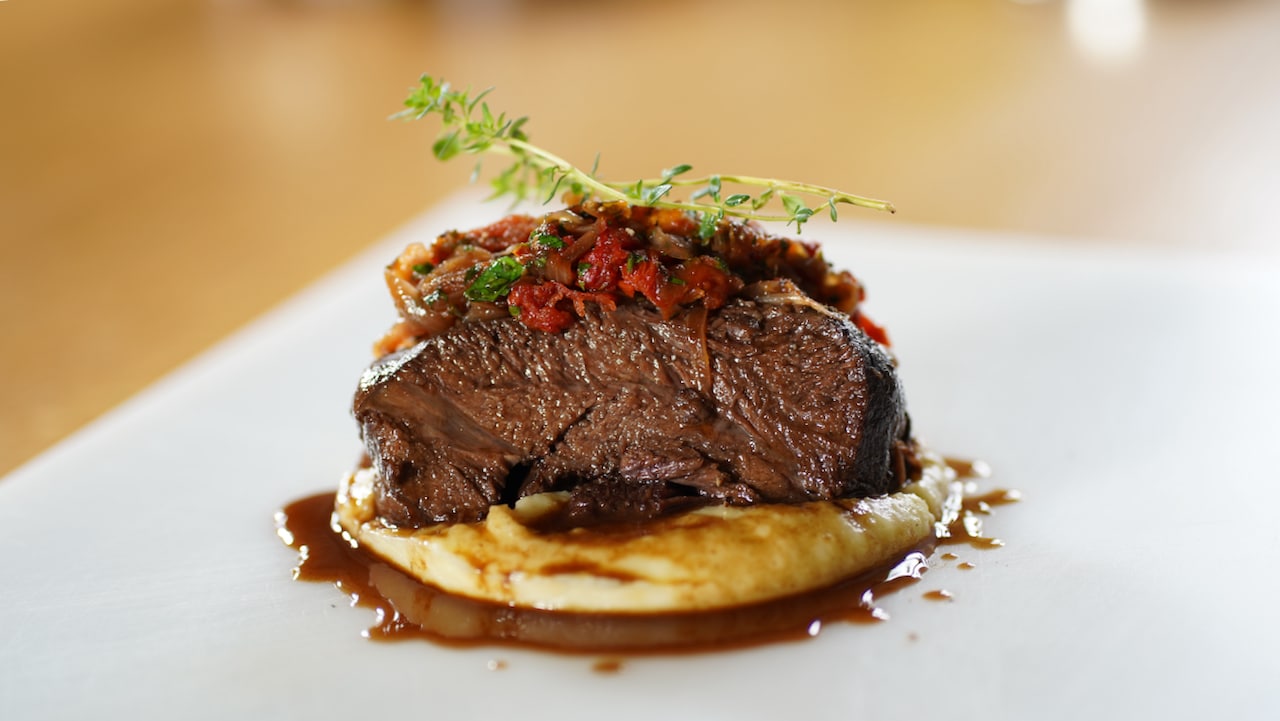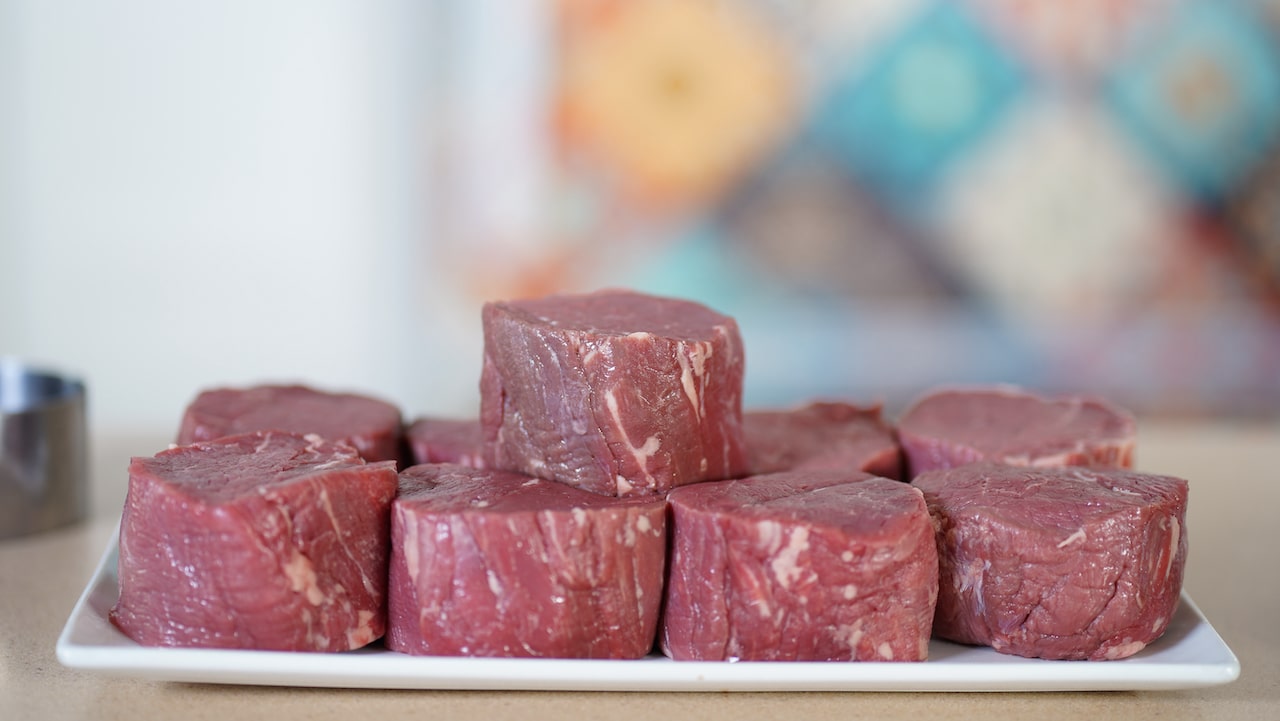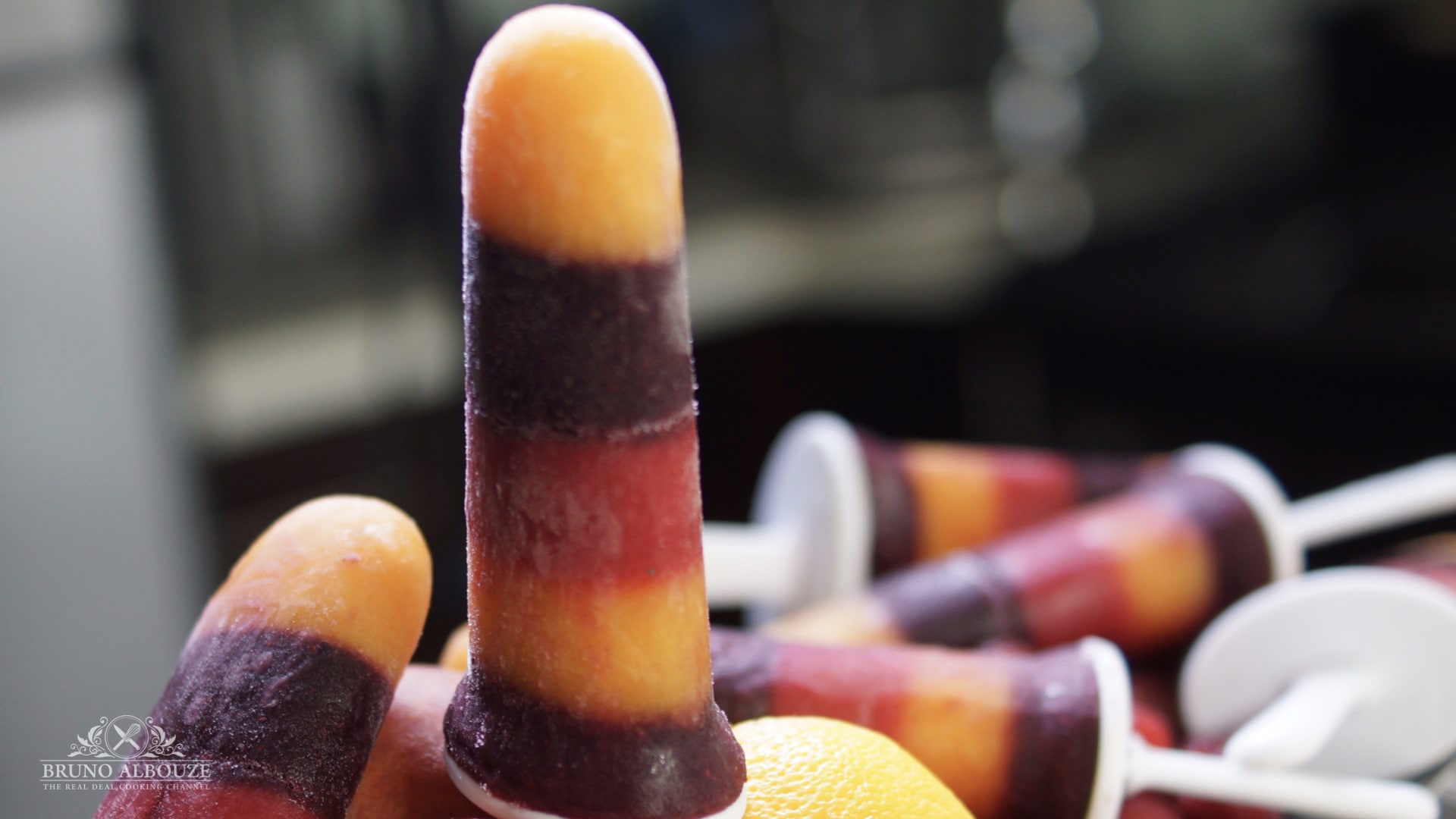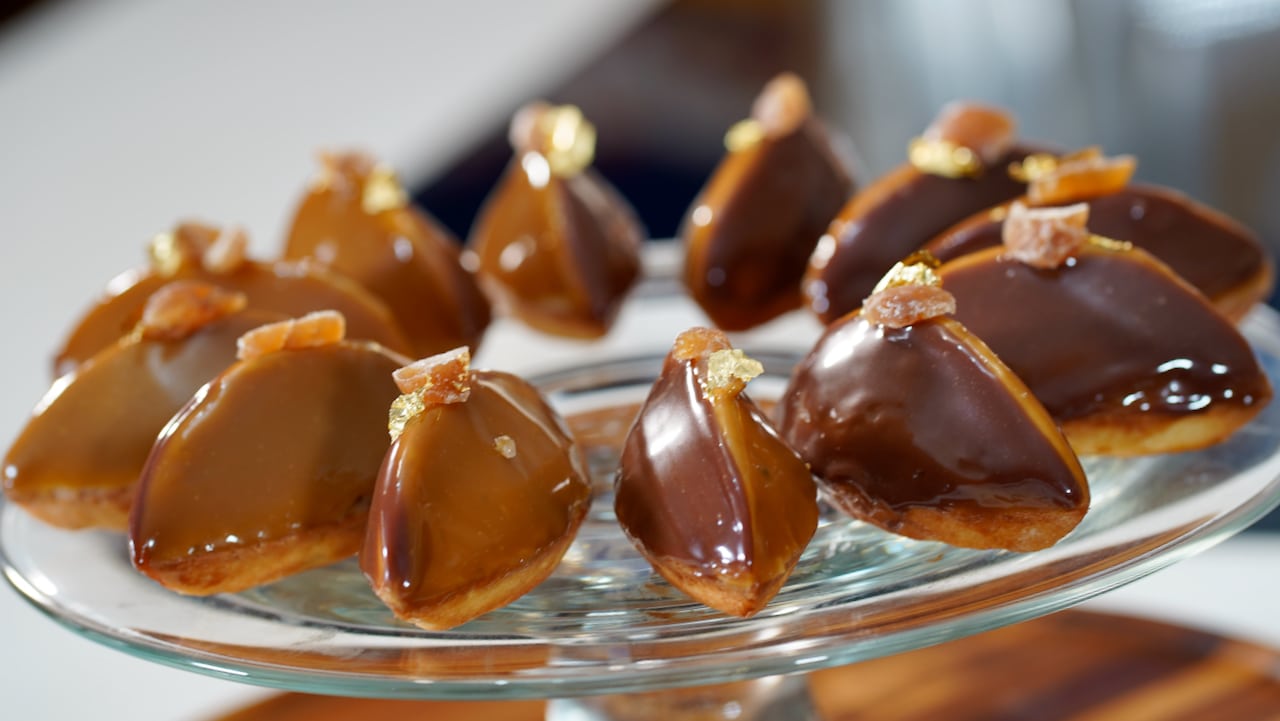Tournedos Rossini
Indulge in the iconic French dish, Tournedos Rossini, a luxurious combination of tender tournedos, black truffle, and foie gras that is sure to tantalize your taste buds. This exquisite recipe pays homage to the great opera composer Gioacchino Rossini, who inspired its creation. With a thick steak cut from the finest Chateaubriand tenderloin, each bite is a decadent experience fit for royalty. This recipe is inspired by the talented chef Martino Ruggieri, who clinched the prestigious Bocuse d’Or Italia, Tournedos Rossini is a true masterpiece in the world of gourmet cuisine. Prepare to be amazed by the rich flavors and succulent textures that come together in this dish. With the option to prepare the tenderloin and beef stock ahead of time, you can elevate your cooking game and impress your guests with this sophisticated recipe. Get ready to embark on a culinary journey filled with elegance and indulgence with Tournedos Rossini. Let's get cooking!
Ready to discover this recipe? You're only 1 step away.
This recipe is only accessible to registered members!
Create your account to access all cooking recipes of my website (excepting courses and masterclasses of the Academy).
Join us now and enjoy more 700 recipes (All mostly french, but also european, asiatic and american)

